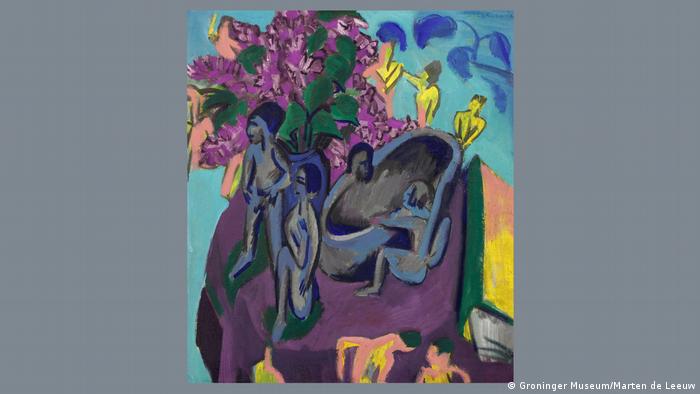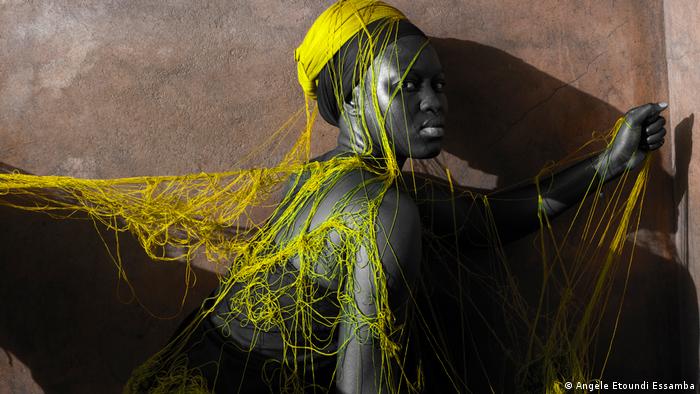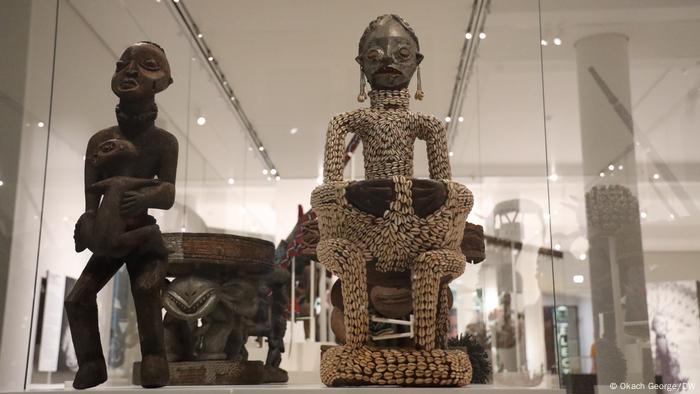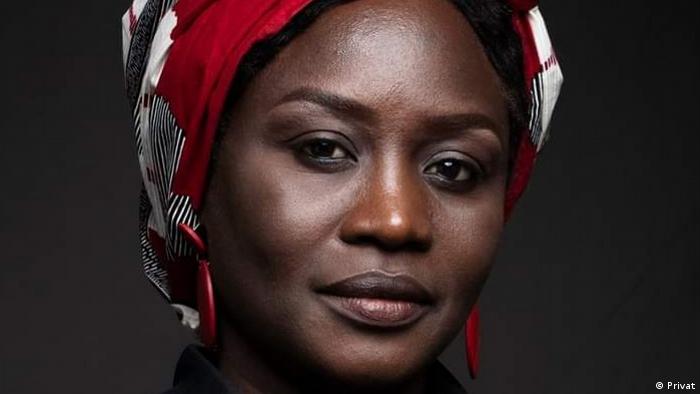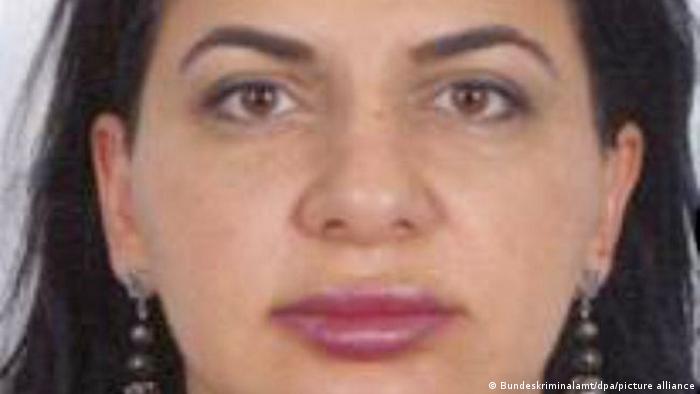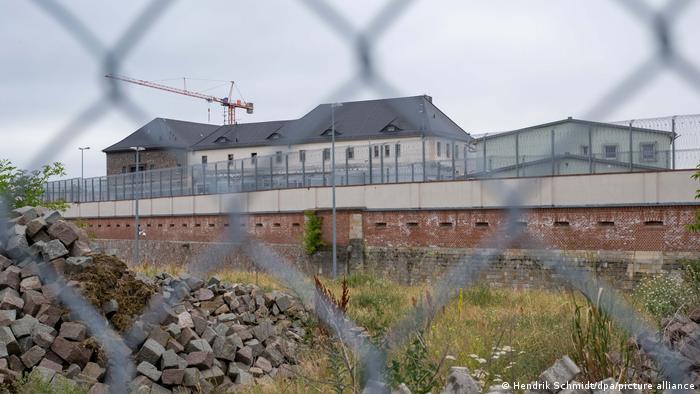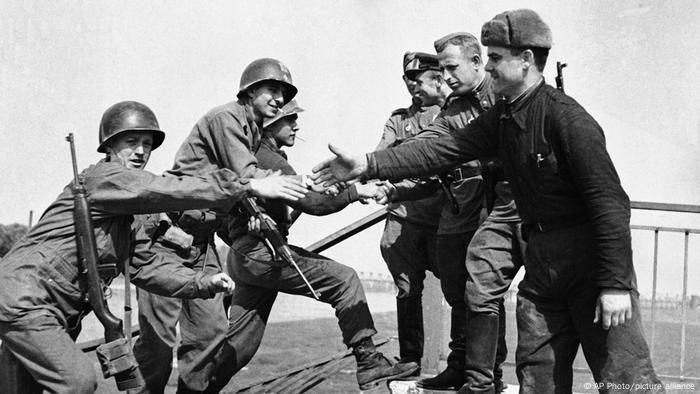Wisconsin school district dropped book on Japanese-American incarceration during WWII from curriculum, arguing that the story was 'unbalanced'
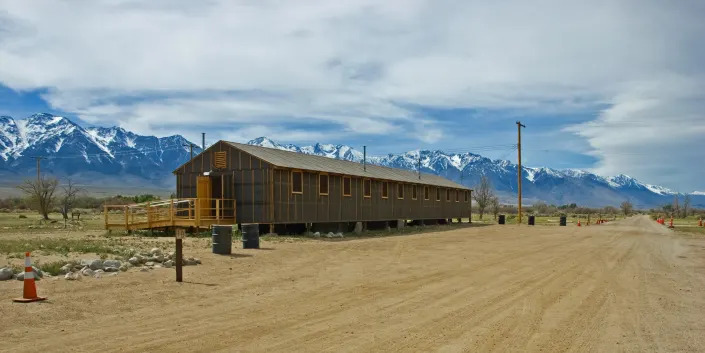
A Wisconsin school district banned teachers from including a book on Japanese internment camps in their curriculum.
The book, "When the Emperor Was Divine," was set to be part of an advanced 10th-grade English class.
Community members and teachers created a petition challenging the district's decision.
A Wisconsin school board decided against allowing high school students to read a book about the incarceration of Japanese-Americans in the US during World War II.
Julie Otsuka's 2002 book, "When the Emperor Was Divine," was set to be part of an advanced 10th-grade English curriculum at Muskego High School, located in Muskego, Wisconsin, and a part of the Muskego-Norway School District.
The historical fiction book — based in part on the author's own family history — highlights a Japanese internment camp in Utah.
After Japanese forces attacked Pearl Harbor in 1941, Japanese Americans were forcibly placed in internment camps amid national racial discrimination so the US could prevent spying, according to a post by The Washington Post. While no spies were ever found, some of the prisoners who survived the camps returned to damaged homes.
Anti-Asian hate persists today, with hate crimes skyrocketing against the Asian community throughout the pandemic.
The book is among a number of other pieces of literature on race and sexuality that conservatives have pushed to remove from schools and libraries.
Nearly 200 community members, including teachers, parents, and students of the high school, signed a petition urging board members to allow the book to be taught.
"I've never felt so under attack for just doing my job or doing my duty to teach kids about others and their world. At one time this would have been college and career readiness; now it's 'indoctrination,'" an anonymous teacher wrote in the petition.
"The anti-diversity sentiment that the school board is supporting leaves me feeling scared and uncomfortable teaching. It is my ethical responsibility to grow global citizens--I cannot do that without exposing them to a diverse populace," another anonymous teacher wrote.
The board denied pushing forward with adding the book from the curriculum at a meeting on June 13, but the meeting was not recorded and its minutes were not published, according to the Milwaukee Journal Sentinel.
Ann Zielke, a parent of a student in the district, told NBC News that School Board Vice President Terri Boyer claimed the book offered an "unbalanced" account of historical events.
"What she said to me was that we actually need an 'American' perspective,'" Zielke said, adding that the people in the internment camps were Americans.
"She clarified and said that she felt that we needed the perspective of the American government, and why Japanese internment happened," Zielke added. "And so then again, we had raised voices at this point. I told her specifically, I said, 'The other side is racism.'"
Otsuka's editor Jordan Pavlin wrote a letter to the Muskego-Norway board saying that "When the Emperor Was Divine" has been "course adopted in hundreds of schools throughout the country, where it has become a staple of high school English classes."
Palvin mentioned also that "historical fiction has the power to open our hearts and eyes to lives far beyond our own experience. It has a unique ability to elicit deep compassion and empathy, and to transport young readers into other times and cultures."
"It has the power not only to edify but to transform and deepen our perspectives; it enables us to look outward, beyond the confines of our circumscribed lives, with greater sympathy and understanding," she added.
Muskego-Norway School District and a representative for Julie Otsuka did not immediately respond to Insider's request for comment.













